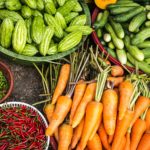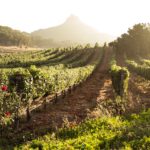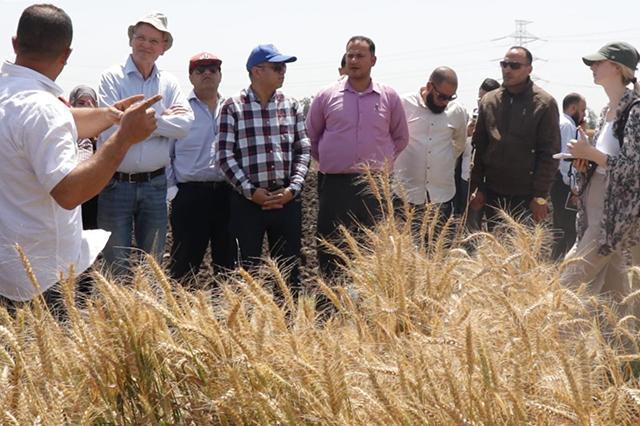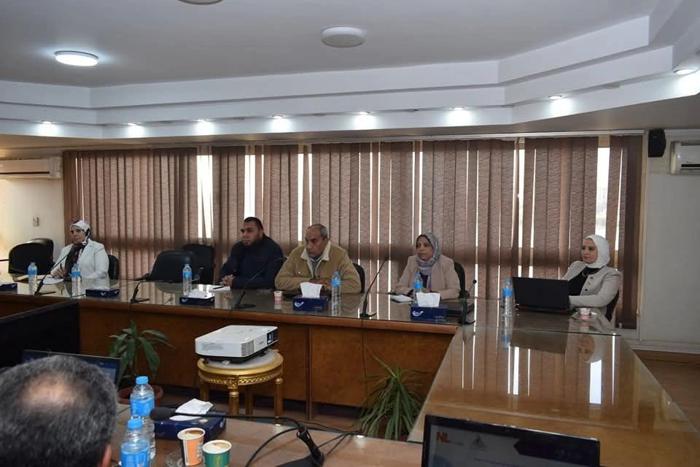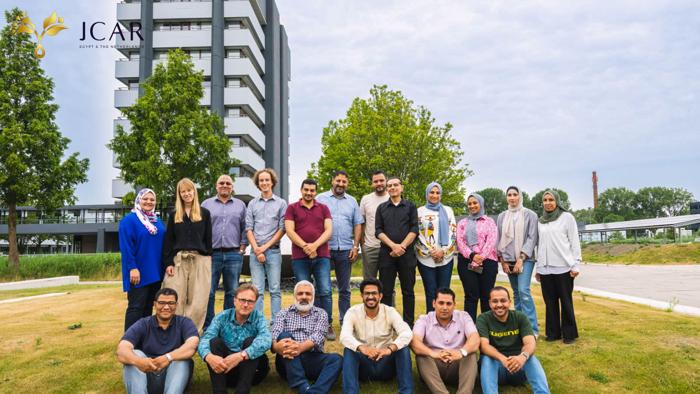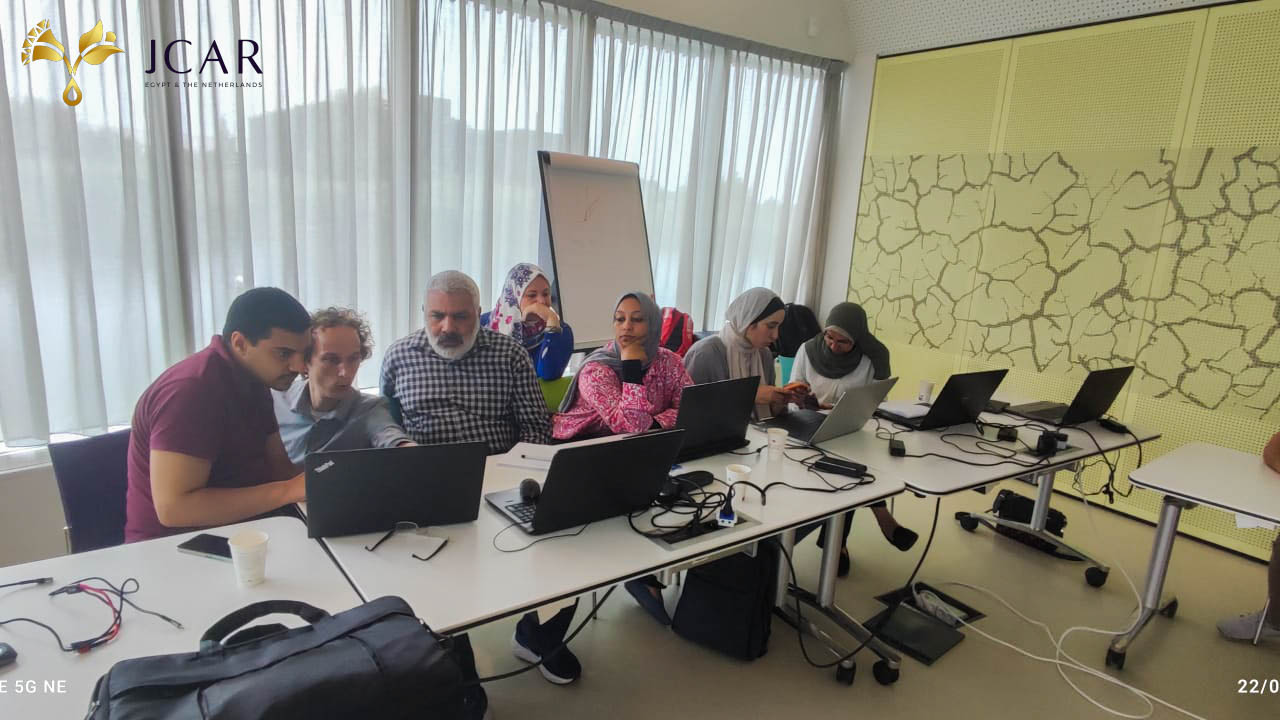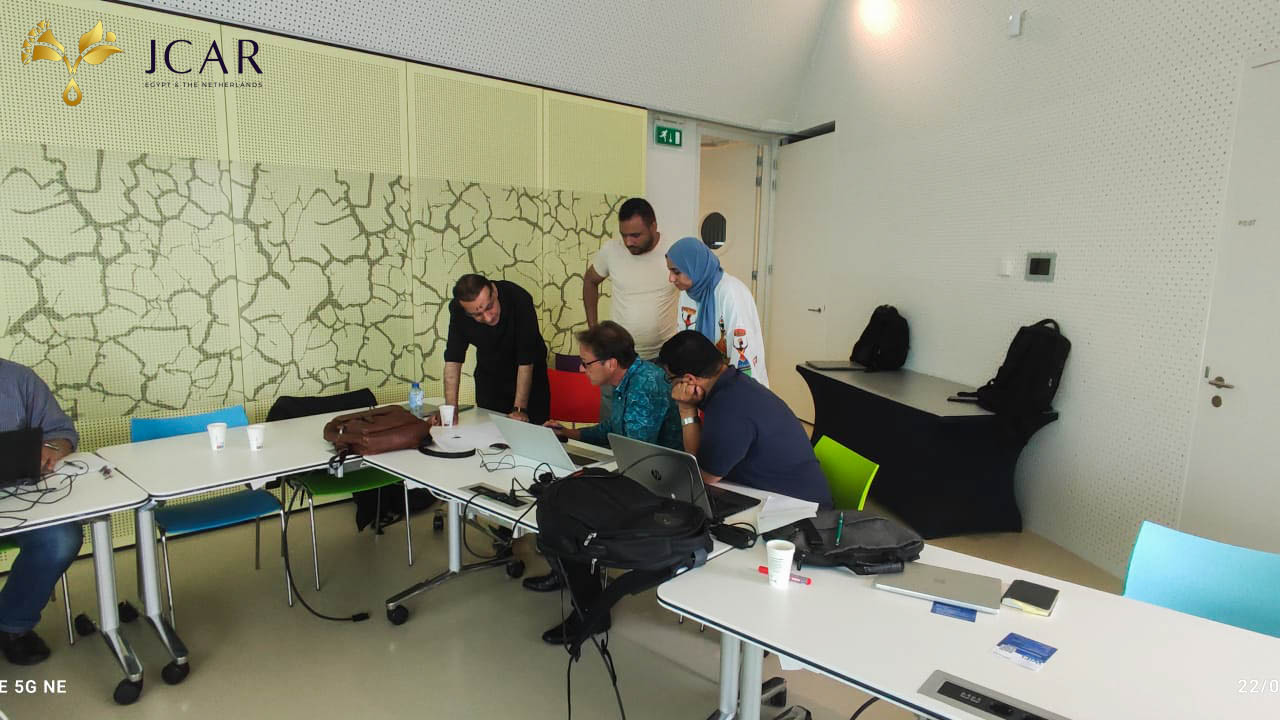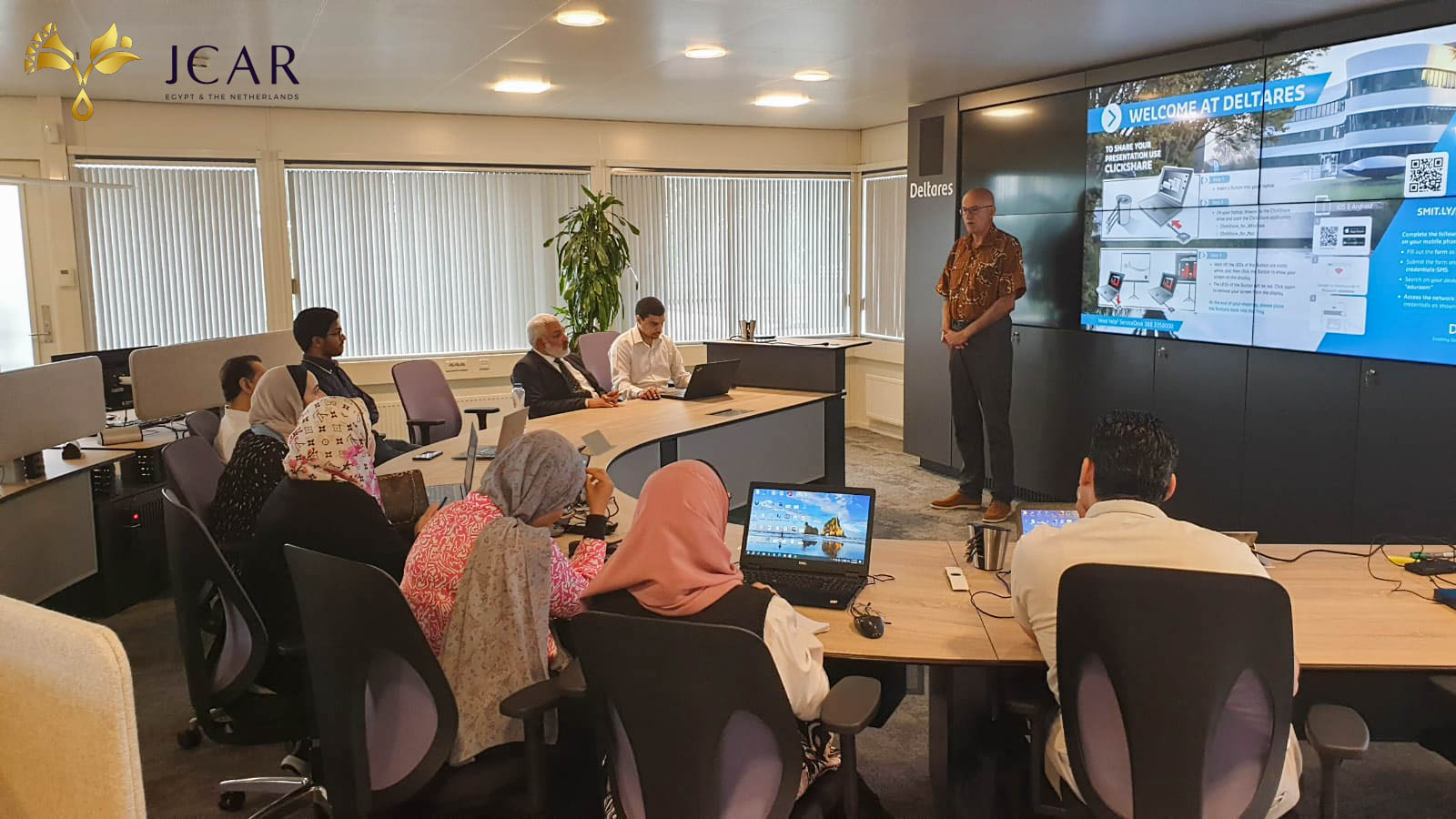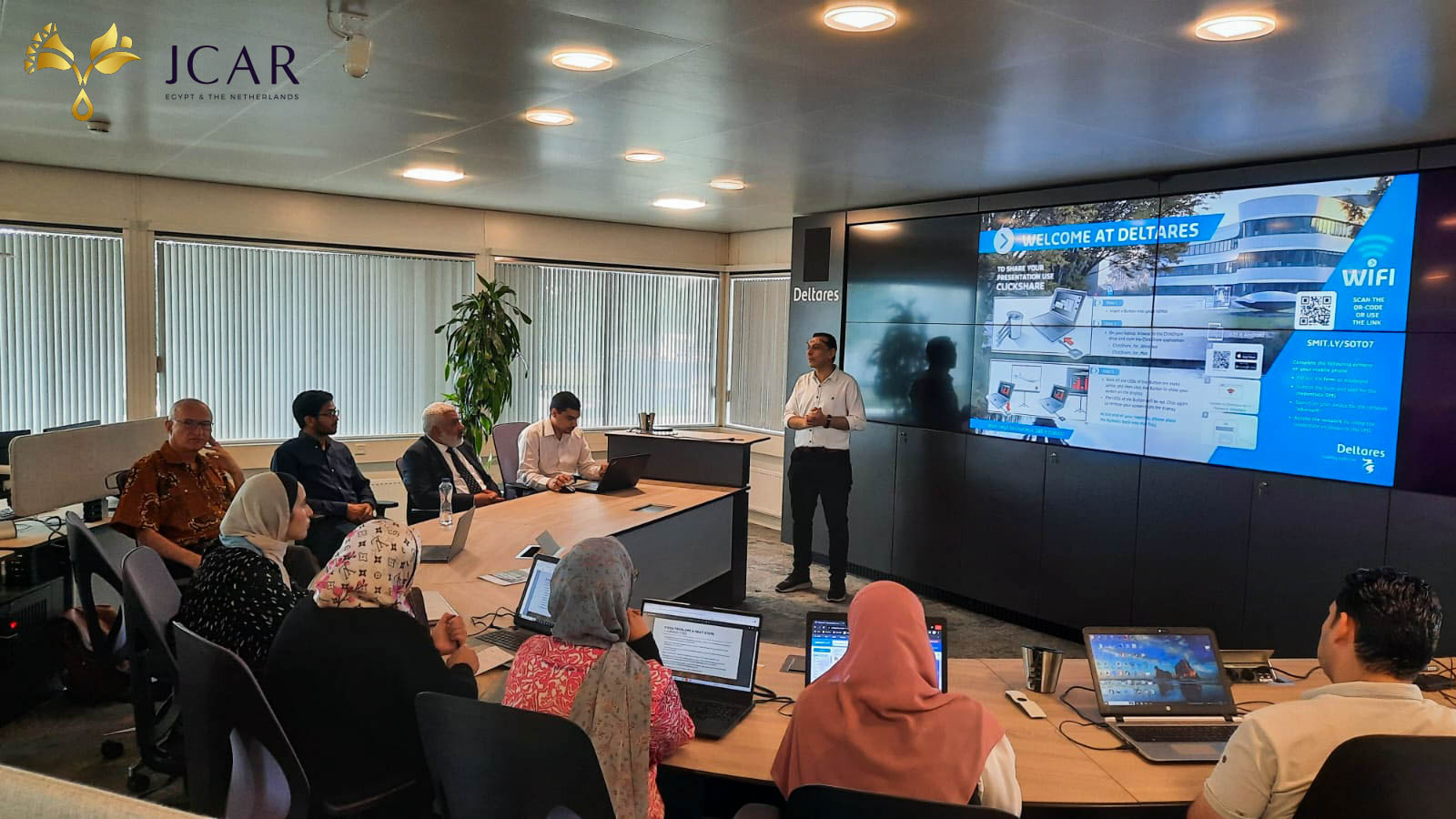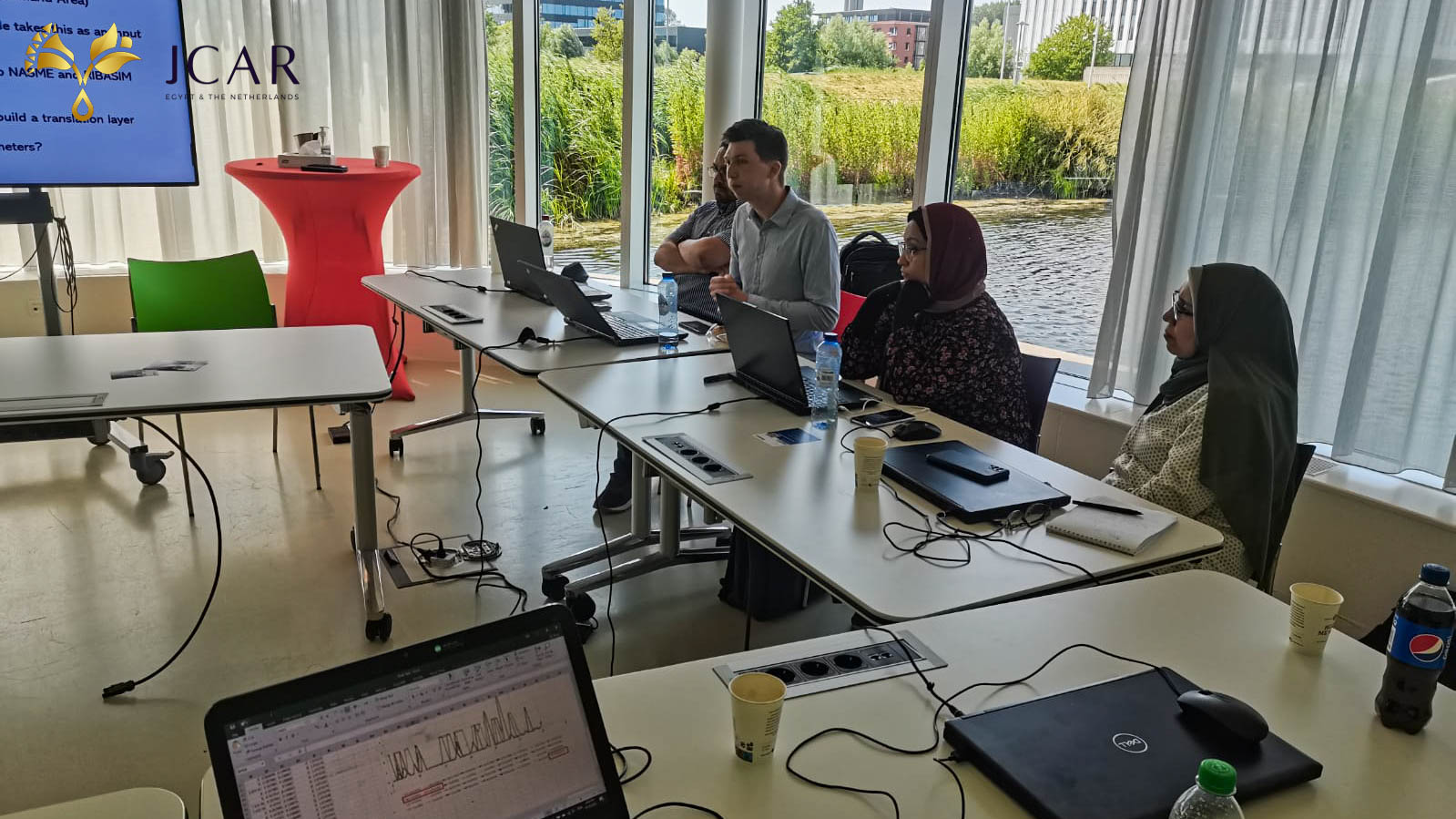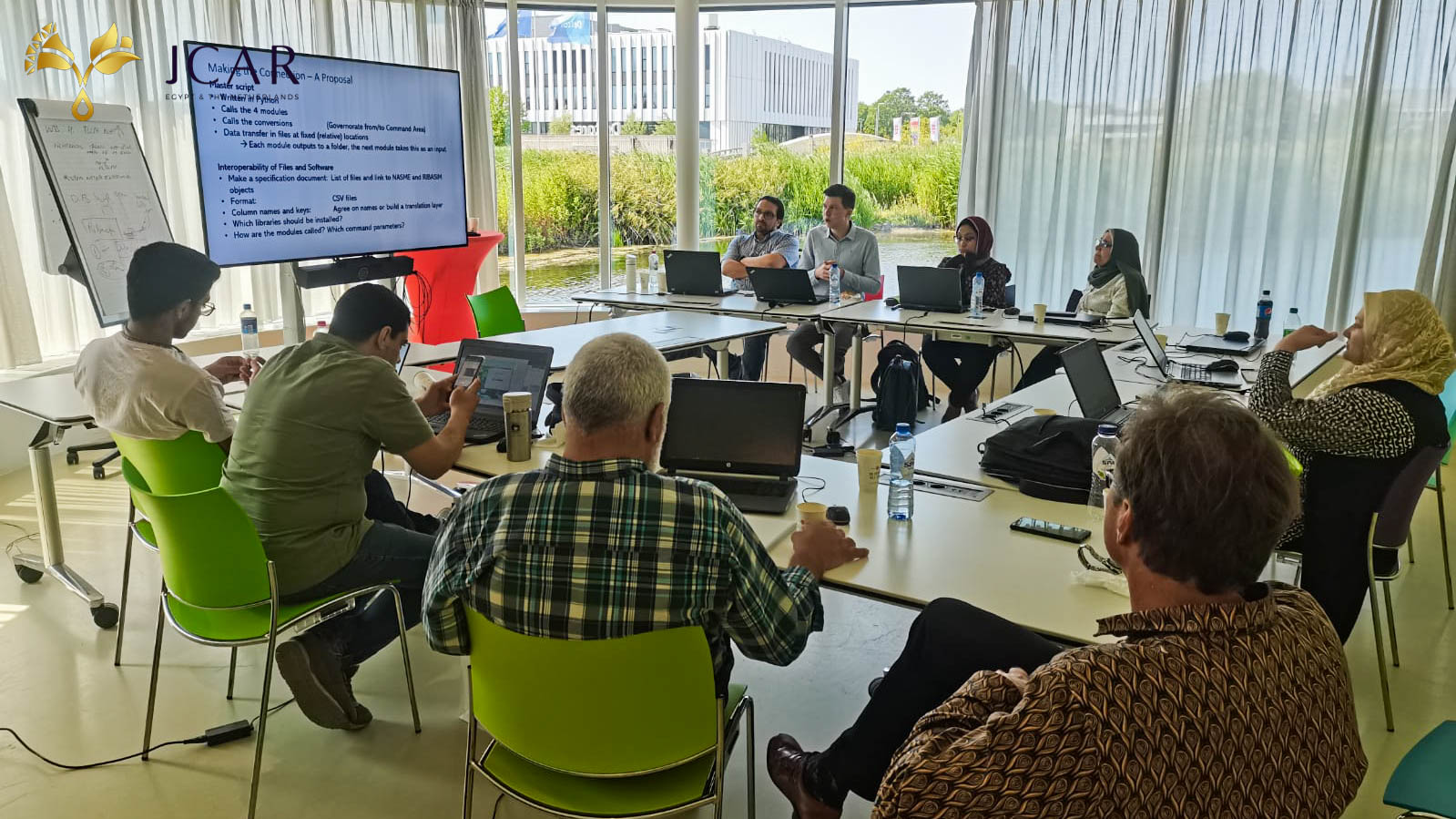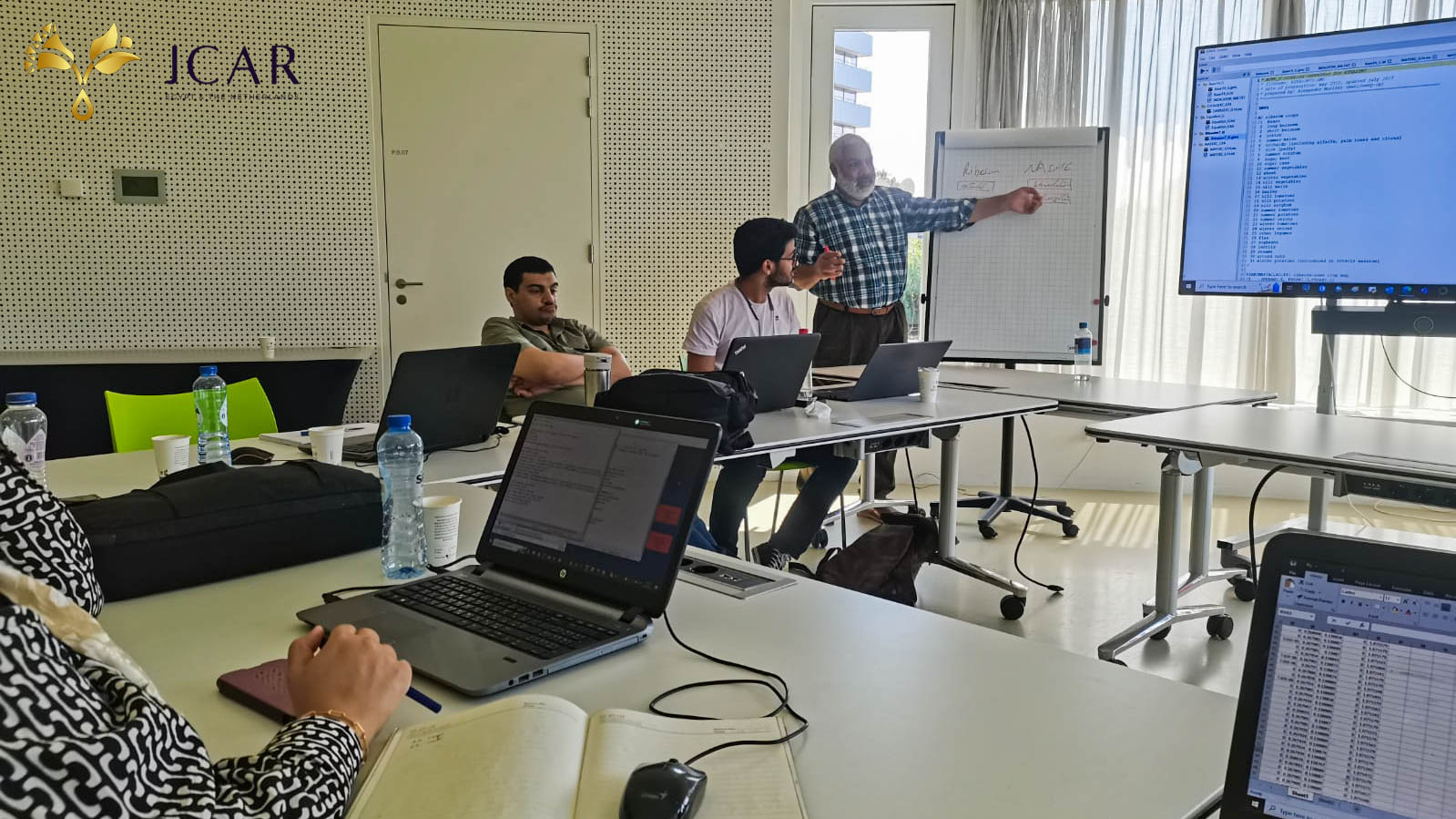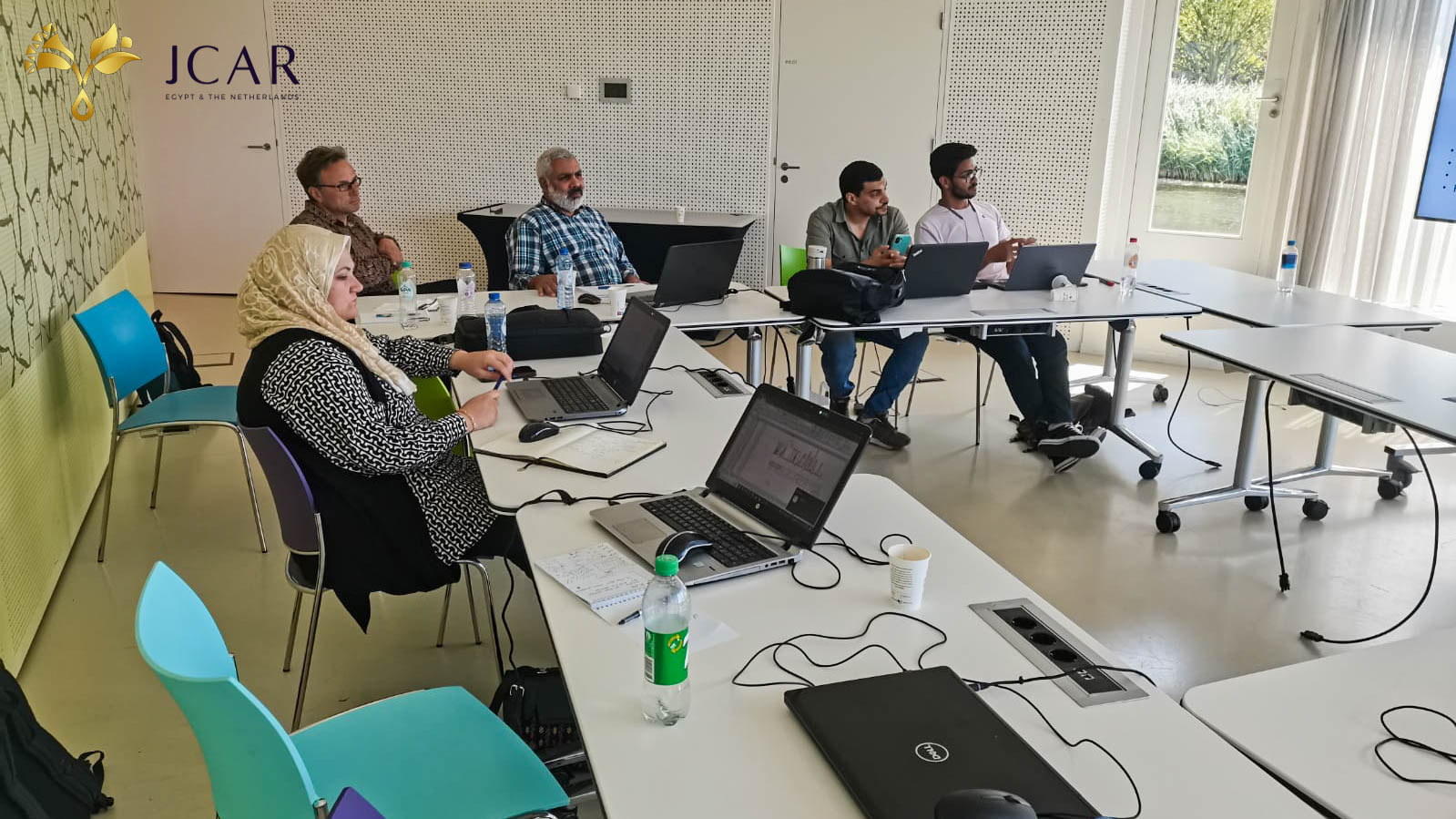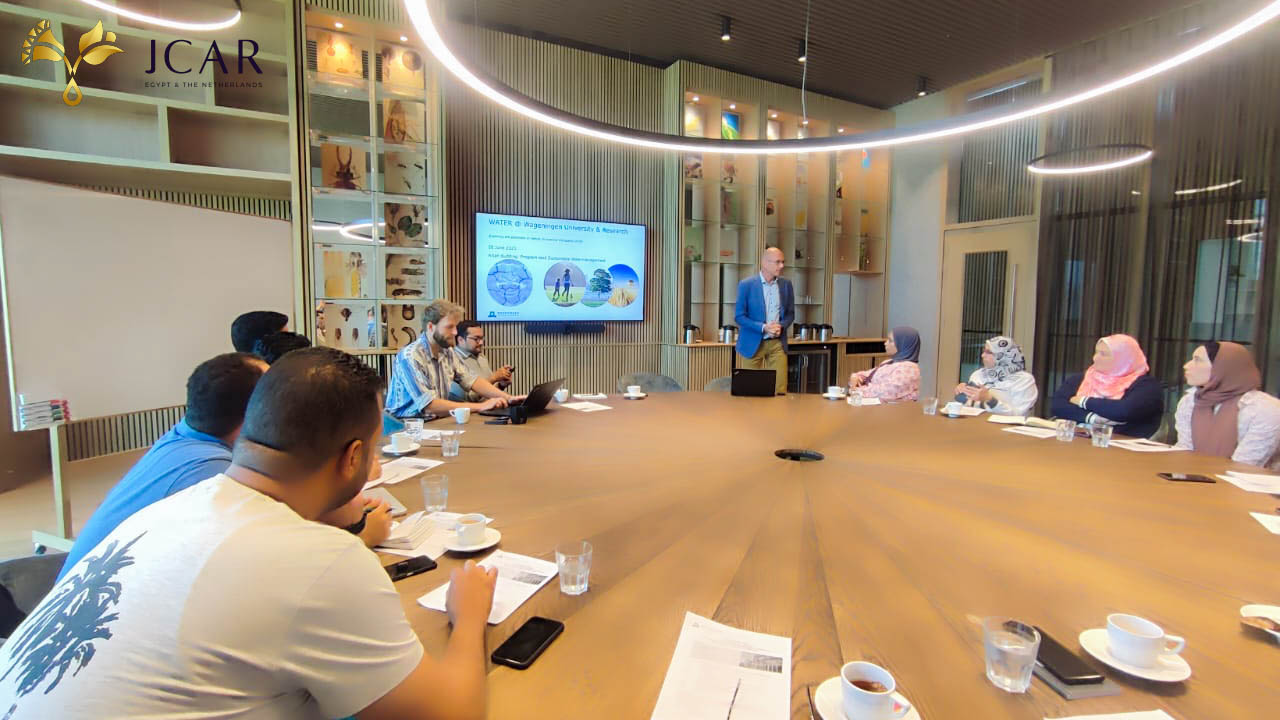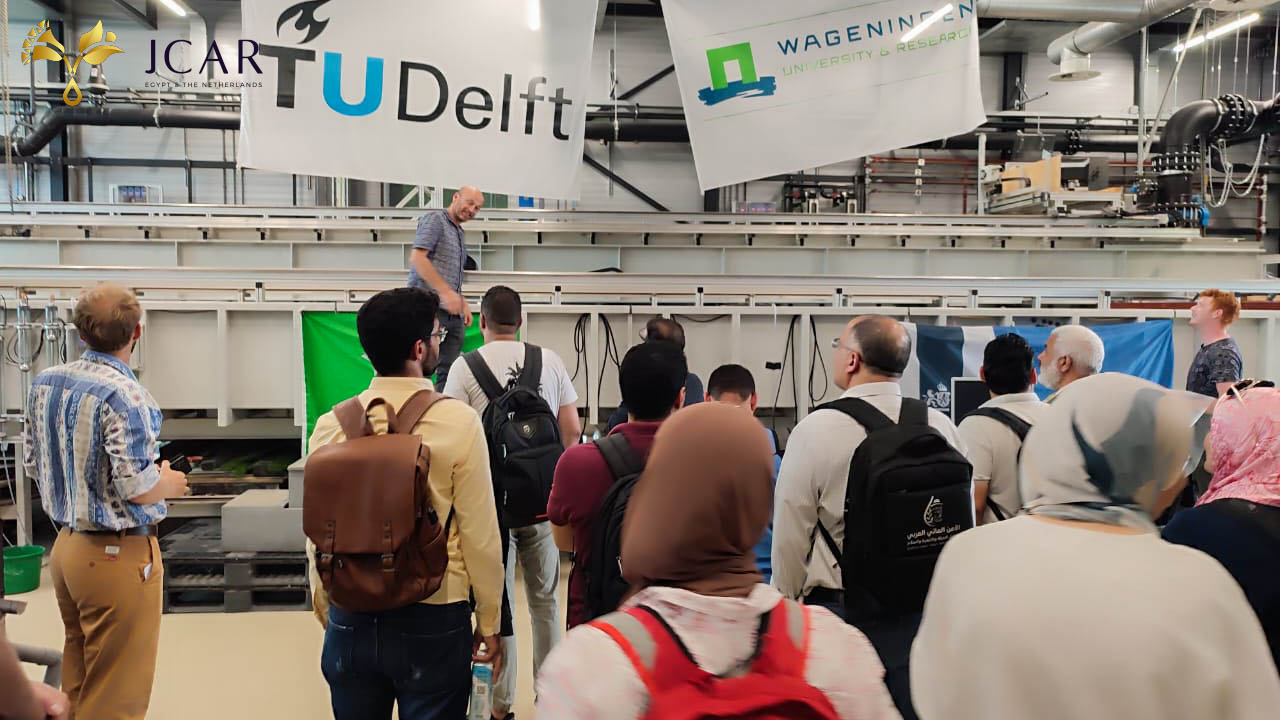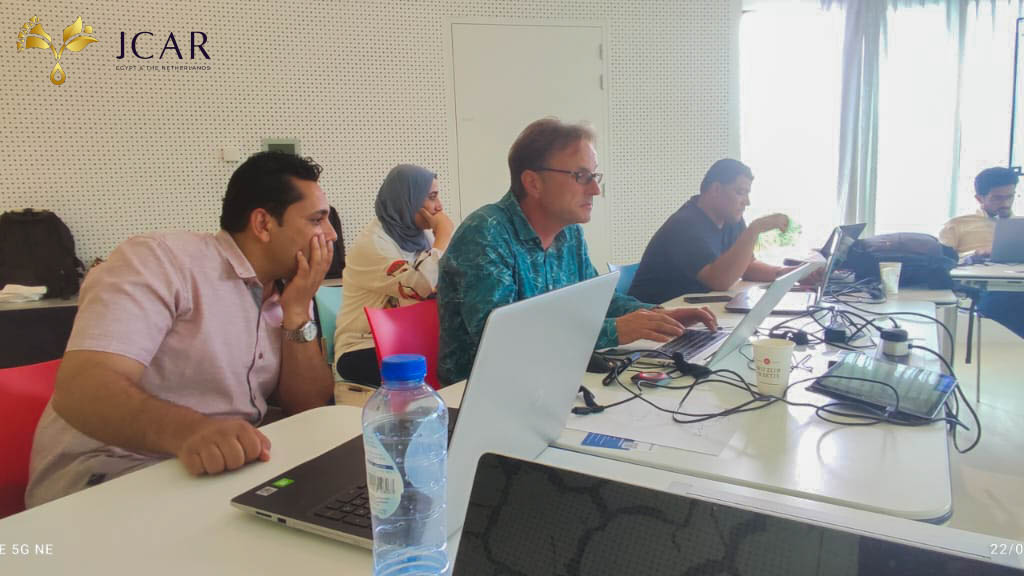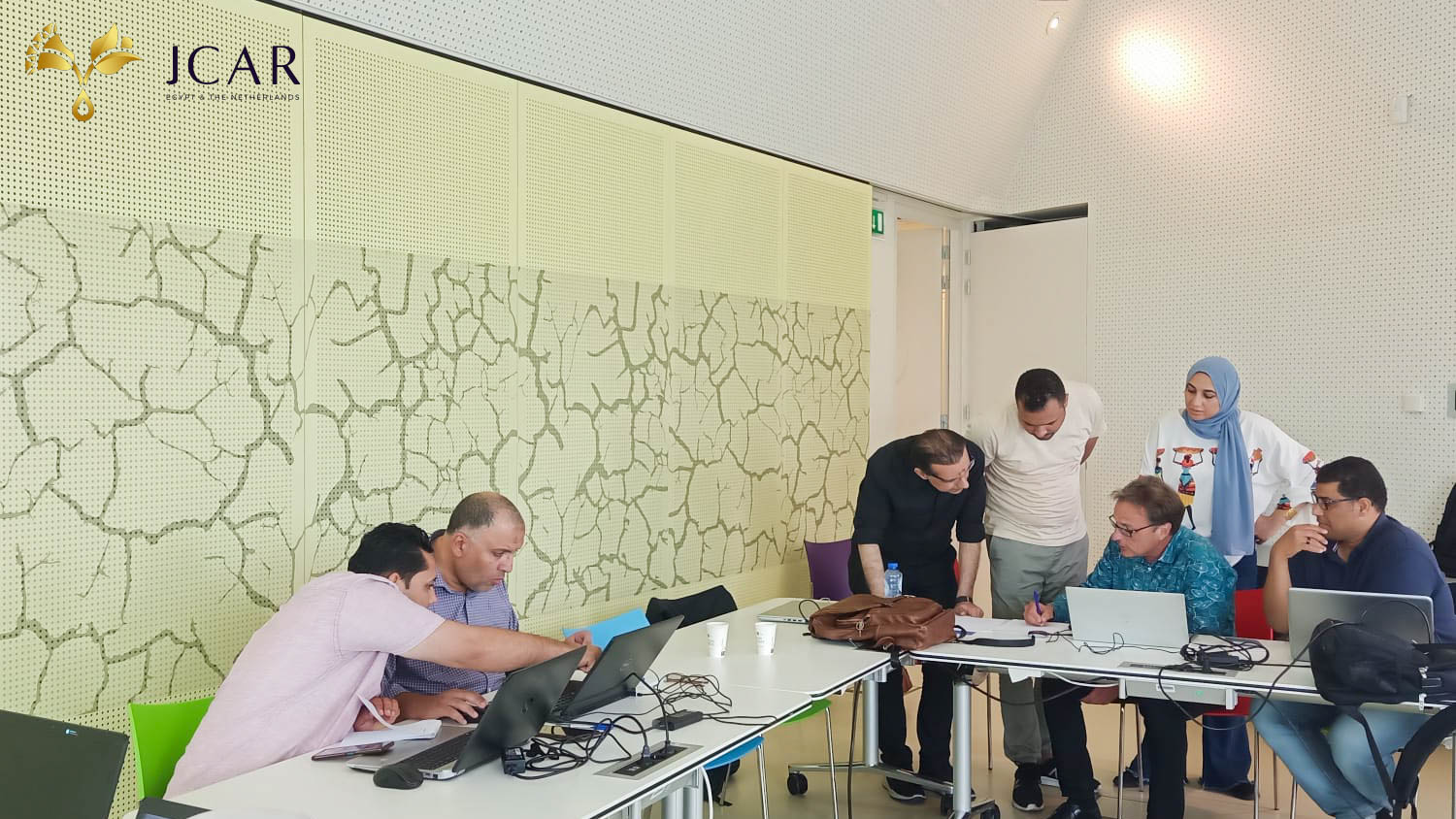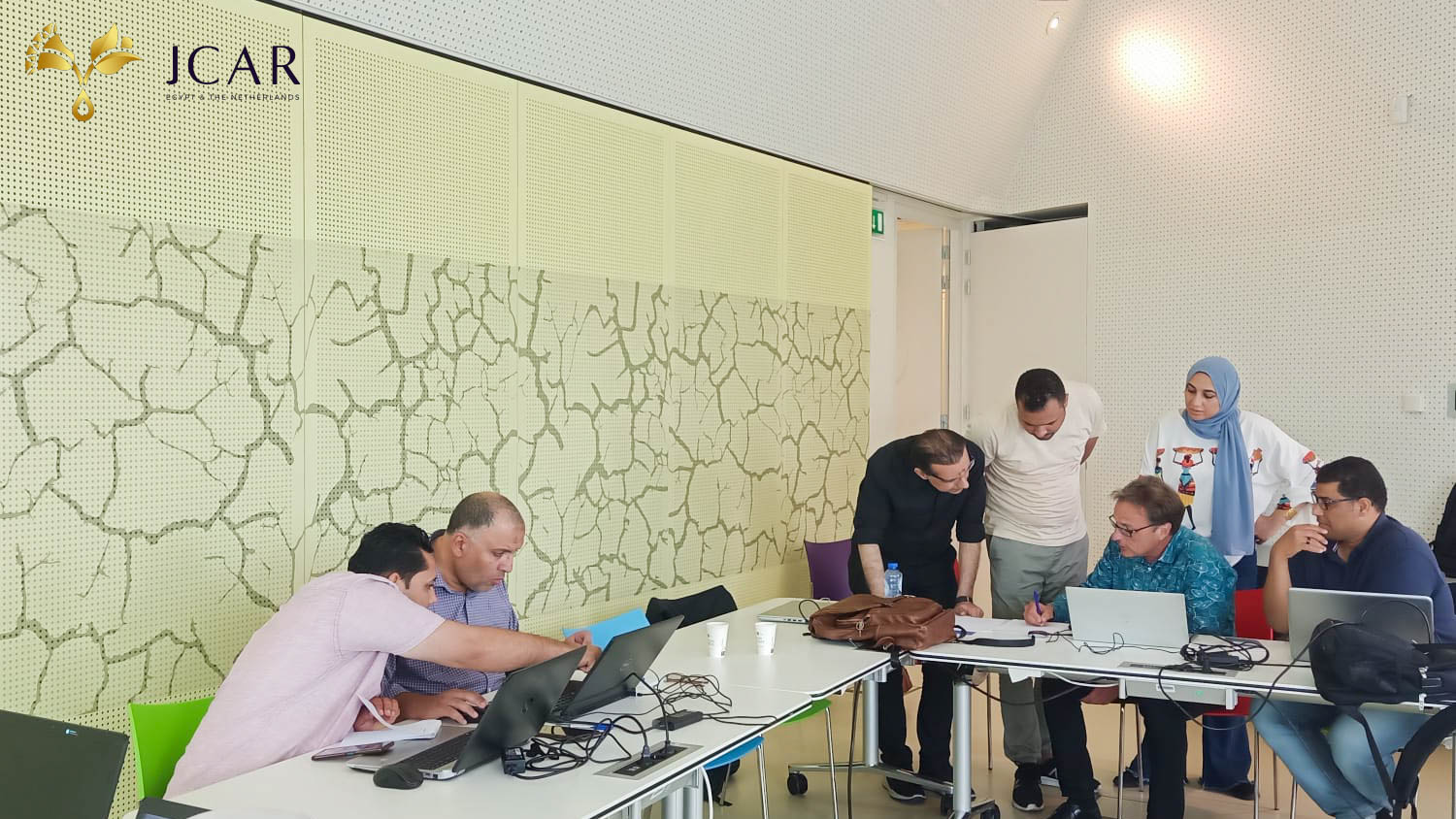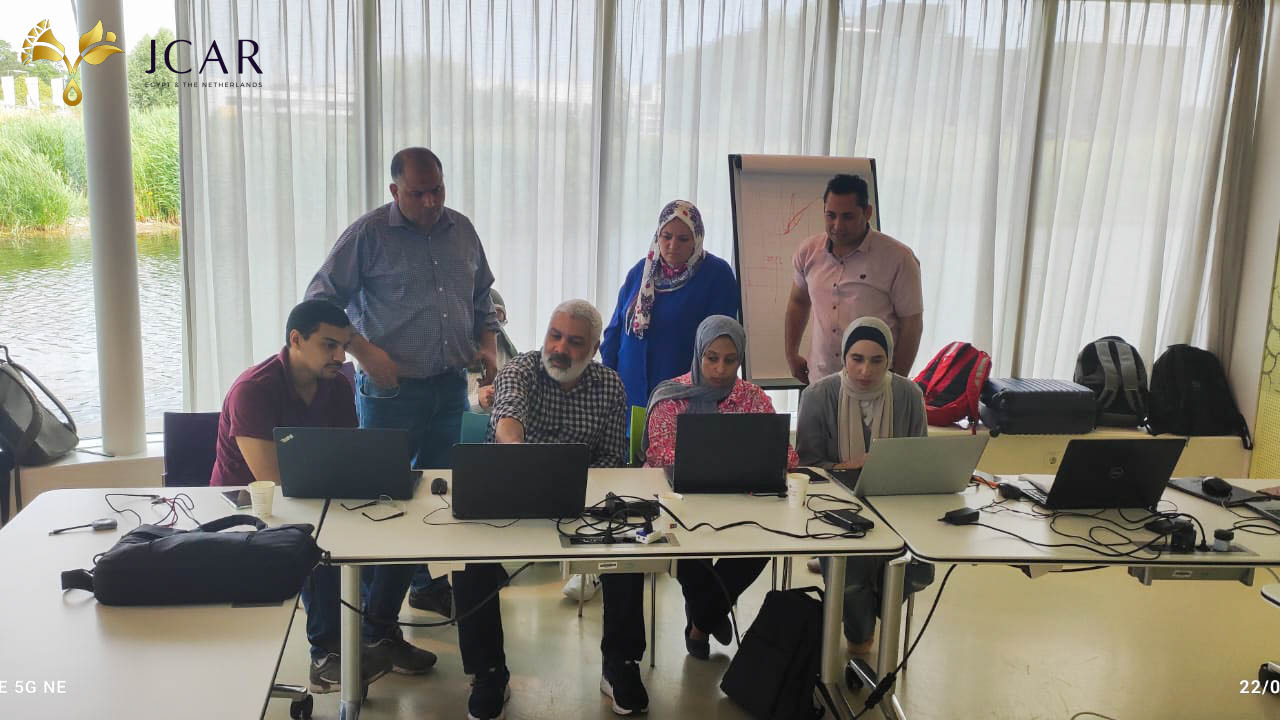Overview
Within the framework of the joint cooperation project between Egypt and the Netherlands and in the line with Assessing the Impacts of Irrigation Improvements and Innovations (A4I) project activities, delegations from the National Water Research Center (NWRC), Planning sector and the Ministerial office of Ministry of Water Resources and Irrigation (MWRI) have joined their Dutch partners from Deltares and the Wageningen University & Research (WUR) in taskforce mission at Deltares headquarters in Delft, Netherlands.
The mission's objective was to enhance the RIBASIM Model by inputting data into the model using Measures and time series files for the initial run, incorporating the new schematization of Egypt. Subsequently, the model underwent calibration and validation. The water and salt balance for the Nile Valley, the Delta, and the new agricultural projects in the desert were evaluated using a combination of RIBASIM and DELWAQ software.
Multiple sessions were conducted to complete the design and implementation of the dashboard of the JCAR-A4I dashboard, connecting RIBASIM/DELWAQ with SWAP (Soil, Water, Atmosphere, and Plant) and NASME (Next-generation Agricultural Sector Model for Egypt) software with the purpose of optimizing water distribution and crop patterns in Egypt.

